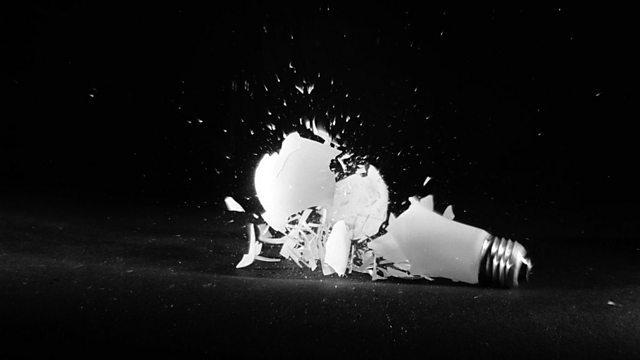Fragility
Bridget Kendall and her guests discuss fragility in the natural world. Can literature help mitigate climate change? And how to imitate nature to make new materials stronger.
Why are some materials and ecosystems easier to break than others? And what gives others better resilience? Joining Bridget Kendall are the celebrated American novelist Barbara Kingsolver, whose latest novel contemplates vulnerability in butterflies and humans; one of world's leading experts on bumblebees, professor David Goulson, who explains why artificially rearing bumblebee nests can paradoxically lead to mass extinction; and Markus Buehler, bio-engineer from the Massachusetts Institute of Technology, who studies the molecular basis of strength and weakness in natural materials such as human bones and spider's webs.
(Image credit: Al Barry/Three Lions/Getty Images)
Last on
Barbara Kingsolver

Barbara Kingsolver鈥檚 books, including The Poisonwood Bible, have been translated into more than two dozen languages, and have been adopted into the core literature curriculum in high schools and colleges throughout the USA. Her latest work centres around the remarkable life-cycle of the and the impact on it of an imaginary biological disaster caused by climate change.
David Goulson

David Goulson has spent much of his career studying the ecology, behaviour and conservation of which have been in decline all over Europe and beyond for over half a century. He says that we need precisely to investigate the ecology, genetics and taxonomy of both wild and commercially bred bumblebees. Recent studies in Japan and China, Tasmania, the US and Europe suggest that a combination of intensive farming practices and a rapid expansion of commercial bumblebee nest rearing for greenhouse pollination are creating a new ecological situation which we do not control and are far from understanding.
Markus J. Buehler

MIT鈥檚 Markus J. Buehler designs from less, using a combination of high-performance computing, new manufacturing techniques, and advanced experimental testing. One extraordinary discovery he has made is that when you get down to the level of the molecules in a human bone, paradoxically, its strength can come from its ability to form tiny cracks. Conversely, a single genetic mutation can give rise to the debilitating brittle-bone disease.
听
Broadcast
- Sat 24 Aug 2013 11:00麻豆官网首页入口 Radio 4 FM

